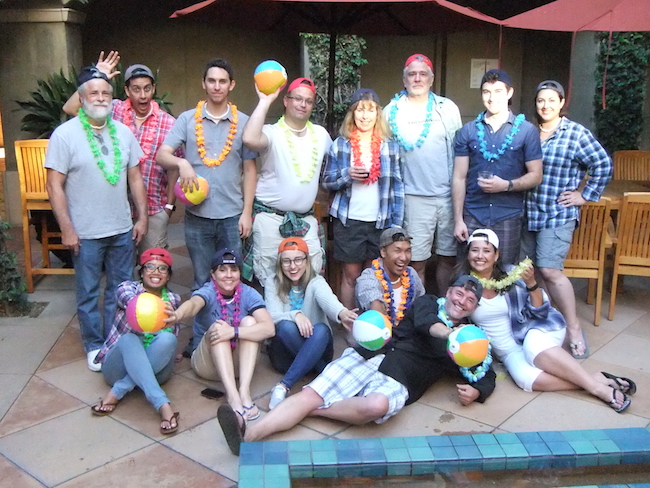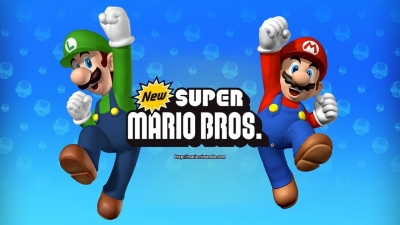Agora is always on the look-out for new talent and interested parties can find an application by following this link.
Often, directions are not clear even if your client thinks they are. Don’t pretend you understand something to try and look competent. Ask the client to repeat and clarify. They might pretend their direction is simple and straightforward even if it isn’t, even for them. Ego is a powerful enemy. Your client’s director doesn’t want to look bad in front of their team. Play ‘dumb’ just a little, ask for clarifications, and allow them to explain better or differently. It often gives them time to process their idea and clarify it for themselves as much as for you. When done respectfully, this can build trust. They will know that no work will be wasted on vague directions and, if needed, you are there to help clarify their idea through conversations.
Once adequately communicated, the client can make an informed decision on how to proceed. It is not your responsibility to properly balance creative requests with budget and production schedule, that’s up to the client’s production team. It is your responsibility to give them all the info they need to make an educated decision.
To that end, we asked Agora to put together a series of three pieces themed around leadership which will appear on the Cartoon Brew site over the coming weeks. The first was a collection of guidelines to help facilitate a better working relationship between leaders and those working under their direction. This, the second, is a collection of advice on client management and communication. These are guidelines on how leaders should manage clients to create a healthy working environment for their team while ensuring efficient work to maximize their client’s investment.

Agora’s Guidelines On Client Management And Communication
What problem are we trying to solve?
Decode
When showing a shot for the final, a new request is made for a performance change contradicting previous direction.
A new request may not align with the initial briefing or previous notes, or maybe it can’t be realistically achieved within the production schedule established. Those concerns must be voiced, but there is a time and place for it. At times it should be done directly in the review meeting, while at others it may better to wait a bit and follow up with production afterward. In all cases, the problem with the request should be addressed along with an explanation as to why it’s problematic, while providing options to resolve the issue more efficiently.
Lastly, if a client requests something you are not comfortable with which isn’t included in your contractual agreement, respectfully push back against those requests and explain why. For example, let’s imagine you’re asked to work all weekend after you initially agreed to only be available Monday through Friday. In this situation, keep calm and explain that it’s not possible. If they shame you for it, don’t take it personally. Understand that it likely has nothing to do with you. It might be caused by poor planning, but don’t tell them that! We are not advising you to be rigid or unaccommodating; you should definitely be flexible when possible to maintain a good professional relationship. But, don’t do anything you’re not comfortable with only because you’re being pressured to do so. The same goes for any inappropriate communication or behavior. Clients pay for your time to perform specific tasks, not the right to do whatever they want with your time. If they do, it’s your responsibility to stay calm and respectfully hold your ground.
Client: We need five more animators!
Provider: Why should we onboard five more animators?
Client: Because we are late, the animators aren’t going fast enough.
Provider: We are indeed late. Perhaps the delay is from very slow character rigs. May I ask why those rigs don’t have proxy mesh to speed up animation?
Client: We only have one rigger, and they don’t have enough time to work on it.
Provider: Can we add one rigger instead of five more animators to mitigate this?
Client: I guess we could!
Image at top: Recent productions to which Agora has provided character animation services include “Jibaro” (“Love Death + Robots” season 3, Netflix), “Marvel’s Guardians of the Galaxy” game (Square Enix), “The Witness” (“Love Death + Robots” season 1, Netflix), “No Activity” (Funny or Die), and “Wish Dragon” (Sony Pictures Animation).
Let’s use a simple example of an animation shot that is presented for final approval, at which point the director asks for a change of direction. The step-by-step description of the concern can be structured in a simple What, Why, and How breakdown:
It’s better to assume your client does not understand how each request will impact production. Is it a one-hour quick fix or a three-day redo? Is it going to create collateral issues they didn’t think of? Does this request contradict previous requests or not fulfill the creative vision communicated in the initial kick-off? Remain empathetic. The client’s request might follow hours of reviews which impacted their judgment. They might be wrong. It might not be easy to find the right balance between blindly addressing every new request and fighting every note, but it is essential.
Don’t put yourself in a vulnerable situation
- If our concerns are valid, we simply cannot make this performance change.
- We could put the client’s notes as CBB (Could Be Better) and address them later if we have time.
- We could address the problem differently, perhaps with a quick fix that will only take 2 hours to perform rather than three days, while not creating continuity issues.
- We could perform the change precisely as requested, but it will push the animation deadline by three days and require at least one additional day of work to address the next shot. Those four extra days of work will have to be compensated financially, so we’ll need production approval for it.
Align expectations on quality and deliveries

Too often, we lose perspective. Take a step back. Stop focusing on the details and ask yourself “Why are we doing this?” and what needs to be fixed. It’s easy to get lost in the creative process’ maze between what’s in the director’s head and final approval. This doesn’t only apply to creative work, but to management as well. At times it’s appropriate to take a step back and diplomatically challenge some requests. Here’s an simple example of a client asking for more resources, which illustrates a classic situation of the wrong solution applied to a real problem:
The company’s stated mission is “To close the gap between freelancers and studios, empowering artists to work remotely on inspiring projects and provide efficient solutions for production needs.”
It’s essential to be realistic with the quality and volume of work that can be provided within a specific period of time. Even with thorough evaluation ahead of each project, those estimates remain words on papers that are often highly subjective and will be constantly challenged during production. What does a weekly quota of 3.7 seconds of animation mean? It means high animation quality based on other animated features with similar quotas. Don’t let yourself get into a situation where you agree to 15 seconds of animation per week to provide feature quality animation. Resist the temptation to look competent by saying it can easily be done, only to then struggle to deliver on that expectation. Instead, remain humble. Explain that it will be challenging to provide quality animation in that timeframe, then knock it out of the park two days ahead of the scheduled delivery date. Under-promise and over-deliver.
This performance change will result in further production delays and create continuity issues with the following shot.

Agora Studio is a global network of professional artists which provides freelancing services to studios around the world.
Provide impactful feedback in response to new requests
This is not easy and requires emotional control. It’s essential to create and maintain a healthy professional relationship with clients. To not only manage your stress, but also manage theirs when it’s clear that it is impacting their requests and behaviors. The ability to transition from being excited and caring about your work to a more stoic ‘this is just business’ mindset is essential to managing clients. It’s also advised for protecting your mental health. You cannot get emotionally involved in every detail, nor can you be indifferent and only collect your paycheck. You have to go back and forth.
What is the problem?
Ideally, you want to provide alternative options while understanding that in the end, it is the client’s decision.
Remain detached and objective

Don’t always blindly acquiesce to each request. Instead, be part of finding the best solution to a problem.
Some clients are tempted to abuse the leverage they get from the financial compensation they provide. The only defense here is to not put yourself in vulnerable situations in the first place. Agreeing on a flat rate for a specific job, paid on final approval, with no limit of time or limit of reviews, is a classic example of a deal you do not want to get into. In such a situation, the clients know they can ask for unlimited notes and you are incentivized to perform them all no matter how long it takes, as you won’t be paid if you don’t. We advise that you only consider such an agreement with clients you trust and have worked with previously. A fair agreement based on an hourly salary and realistic time estimates for each task is advised whenever possible.
Why is it worth bringing attention to it?
Apply today to work with Agora through this application form.
How can you address this?





